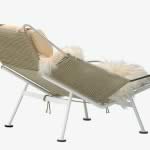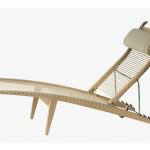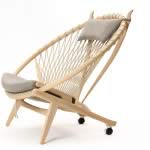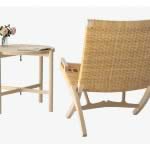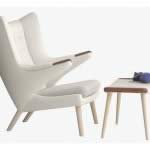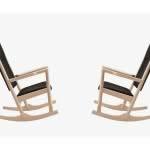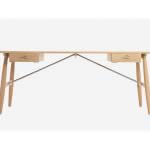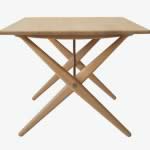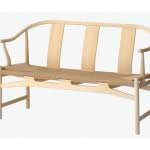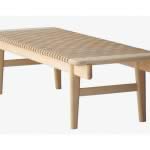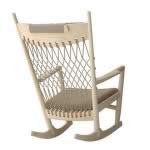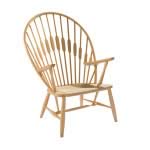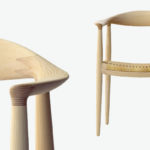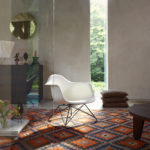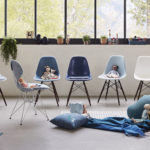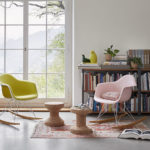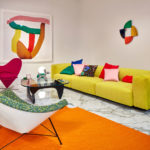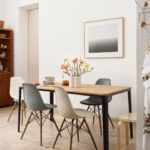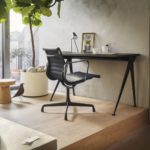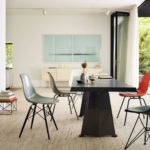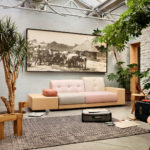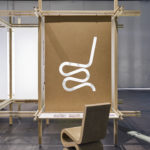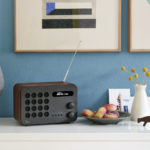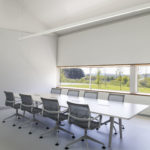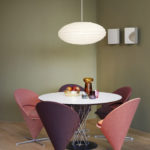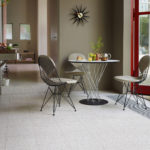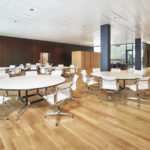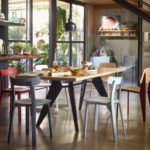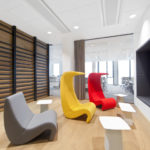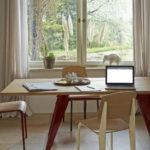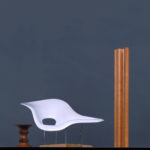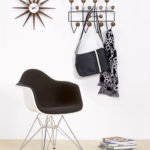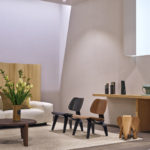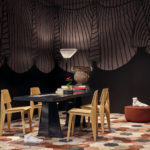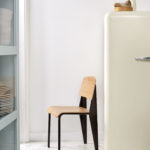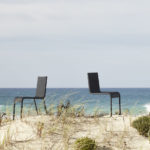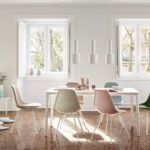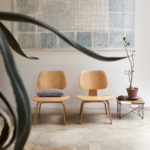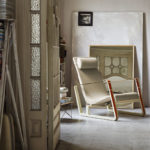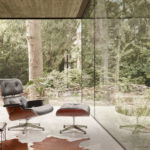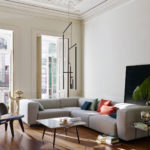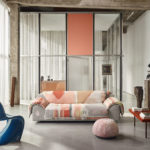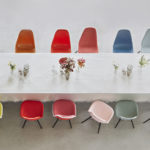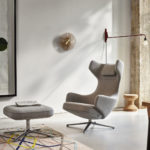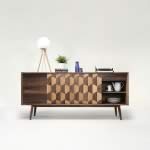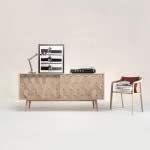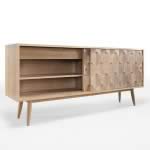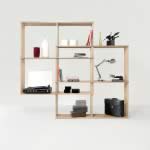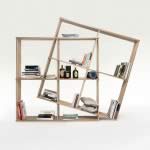PP Mobler is a family-run Danish carpentry workshop founded in 1953 and has a strong tradition of crafting high-quality designer furniture. Motivation has always been a love of wood. The company’s philosophy is that technique, ingenuity and craftsmanship can be combined in the search for quality.
The catalog is almost entirely dedicated to the projects of the Danish architect Hans J. Wegner, who had a long and important partnership with this small Danish manufacturing company; Wegner loved to stop in PP Mobler’s laboratory, where his ideas took shape; here he could touch and perceive the professional connection between designer and craftsman and feel the pride and respect for high quality craftsmanship. For its part, the designer has always provided this small laboratory with exciting and difficult tasks, always perceiving the uncompromising request for quality and the commitment to experiment with the material.
Between 1960 and 1968 many of Wegner’s prototypes were developed at PP Mobler before going into production at other companies, while after 1968 the designer began to design the first models for the production of PP Mobler, a very important event for this small laboratory, which began to organize a small catalog on its own. Wegner continued his exploration of the possibilities of wood in terms of form and construction even more freely.
Today PP Mobler produces a wide selection of Wegner furniture, most chairs, especially those with the most complex construction, that no one else could make. Among these, “The Round One”, as Wegner liked to call it with its typical provincial modesty, is one of the most famous Danish furniture in the world, summarizing in a simple and modest way the essence of the tradition of woodworking and the philosophy of the Danish design. It is Hans’ most important work. J. Wegner.
When Johm F. Kennedy and Richard Nixon met in the first televised election debate in 1960, they sat on the Round Chair, chosen primarily for its great comfort and its genuine quality; eventually the Americans found a new and more eloquent name for this chair: they called it, and continue to call it, simply “the chair”.
In the PP Mobler catalog there are many other Wegner projects, not only chairs, but also armchairs, tables and desks, such as the Peacock Chair from 1947, the Folding chair from 1949, the Papa Bear Chair from 1951, the Rocking chair from 1984, The Circle Chair from 1986…
A separate discussion should be reserved for the 1950 Flag Halyard Chair relaxation armchair, one of the very rare Wegner projects not in wood, but with a stainless steel structure and 240 meters of rope to form the seat and back, with the addition of a long-haired sheepskin resting on top. Despite having obvious preferences for wood, Wegner shows his bold and courageous appetite for creation in this project. With the Flag Halyard Chair, the designer pays tribute to the first modernist designers such as Le Corbusier, Mies van der Rohe and Marcel Breuer, and proves to be able to master stainless steel with the same elegance as the wood master. The Flag Halyard Chair remains one of the highest examples of Danish design and one of the most desired royal armchairs in the world.

